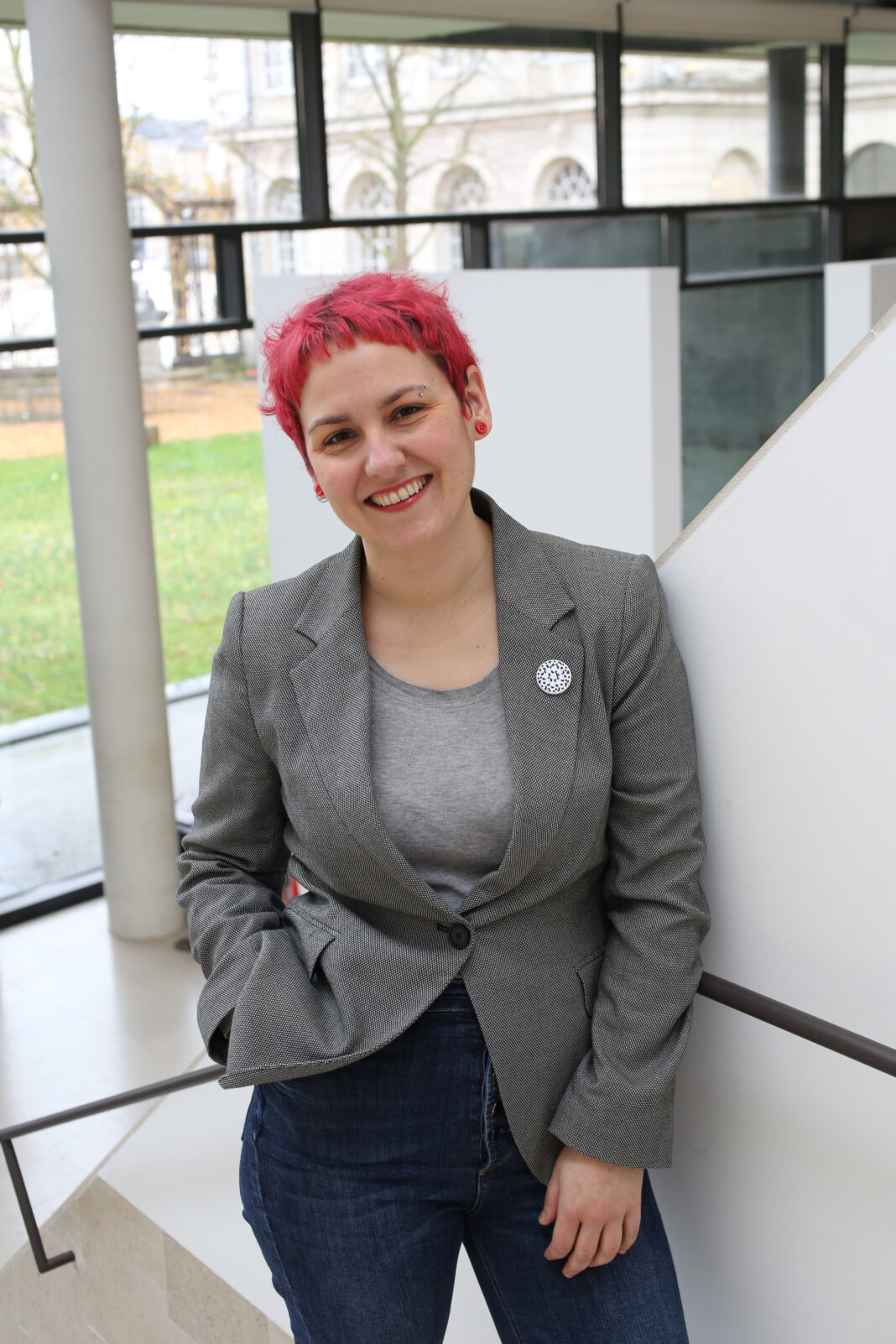FRANCE. Nancy: Susana Gállego Cuesta has run the Beaux-Arts Museum of Nancy since June 2019. Her focus is on feminism, post-colonialism, and inclusion: “This is what we have to do now.” She brings art to the streets and brings the streets within the museum.
“A museum is a living space for everyone, a space for life and celebration. You can come to the museum to have a siesta if you want. The important thing is to recognize museums and art as something that belongs to you too, to all citizens.”
As the first non-French citizen to join Institut National du Patrimoine in 2007 through the national public contest for museum conservators, she shares with Transcontinental Times how the COVID-19 crisis has affected culture in France, her institution, and her city.
Closing down
The Grand Est region, where Nancy is located, has succumbed to the dismantlement of heavy industry in the 1980s. It left the region gasping for economic renewal and with immigration flux and has traditionally leaned toward right-wing parties. The Front National is particularly active in small towns and the Gilets Jaunes movement started here. Also, COVID-19 affected this region more than any other in France.
“We had to close down the museum for the first time since the French Revolution. The Louvre closed down too while it remained opened even during the German occupation. We were not ready for this crisis there was much fear.”
Uncertainty is far from over
Even if they reopened their doors in June, uncertainty is far from over. The French government is not to this date giving clear instructions to their cultural officials. Susana, despite the difficulties, remains optimistic: “Some masks are falling. We already suspected a part of the establishment thought of culture as a non-productive ornament. How some elected officials are responding to this crisis in the sector highlights the value they place in art and its agents. I think some of them believe we just play the lyre up in the ceiling all day long.”
“The first thing we need to address is how to sustain artists so they can produce. We have asked the administration to pay artists their due commissions, even if the art piece or the planned exhibition could not be shown. Artistic and intellectual work is work nonetheless, and it is needed prior to any production. Instead, support for artists has been offered in the form, for example, of a national commission for street art. Although welcomed, this does not solve the main issue. I feel hopeful that Nancy’s brand new administration (elected during France’s municipal elections in June 2020) has asked first of all, what do artists need at this time.”
Contribution of culture to French GDP
The vision of art and its institutions as something beautifully useless and expensive is more surprising when considered that culture amounts to 2.3% of France’s GDP. This is as much as the agri-food sector and more than the auto industry. There is room to wonder why is the auto industry subsidized over culture if the latter contributes more to the national GDP.

Art builds community. It also helps us understand who we are and how we relate to the world and each other. “COVID-19 clearly showed we have a crisis within the sanitary institutions. Isolation enhances as well the difficulties in being in and using public space. So, artists and citizens have concocted projects from the ground up, starting from what we need. They have a sense in the current social state.”
“From the people, for the people”
“Even if there is no money for these projects, I’ll make sure I fit them into next year’s budget. We are working on useful, temporary, and cheap urban furniture modifications. Also, Nancy’s hospital, the local epicenter of the crisis, contacted us to do something. One of the main issues artists have surfaced is how to take care of our carers.” In a way, Susana works to show how art changes our way of thinking and how it promotes social resilience.
“Art is not an ornament. And museums in Europe are expensive to maintain. We don’t share the American culture of donors and patrons; public collections cannot be sold either. Museums earn money with tickets and merchandising, private events and space rentals, and of course public investment.”
“We are witnessing the consequences of the liberalism of the administrative elites”
Yet, subsidies for the arts are consistently decreasing throughout Europe. “To believe the public investment is a loss is a neoliberal dogma. This is how we got the hospitals we got to face such a pandemic: without resources or personnel.”
And museums can be catalysts of what’s coming next: “European identity is very complex, we are talking to artists who are bi-and tri-national, and also African, Asian, American… Many know much about discrimination and silence. We only need to open our ears to what they are saying. The narrative is shifting, there are new voices and new perspectives.”
Read also: Artists Discuss On The Nature Of Cities To Better Our Lives
Susana adds that “we should listen to the stories of the people who live next to us, the silenced voices we don’t hear because they are not heroic. The stories that remind us the world is huge and yet very small. We need to remember, especially now, the capacity we have to change the world, the capacity art and culture have to give back the power to the people.”




Comments are closed.